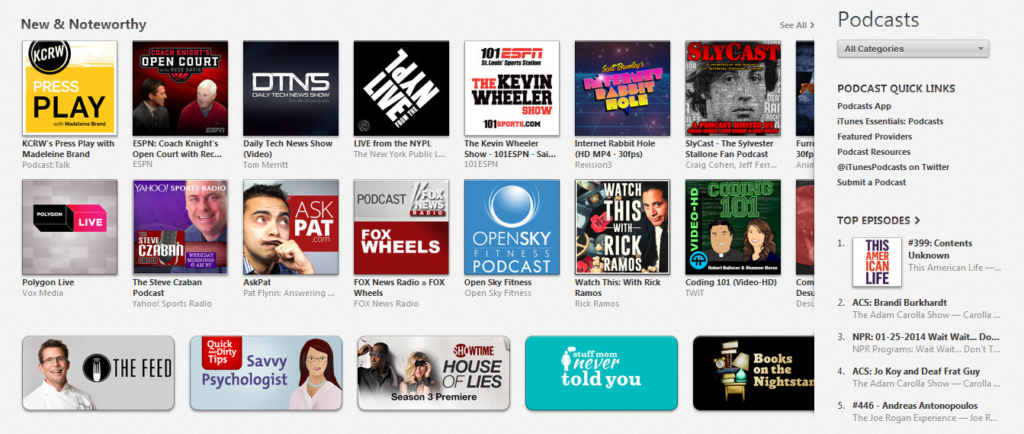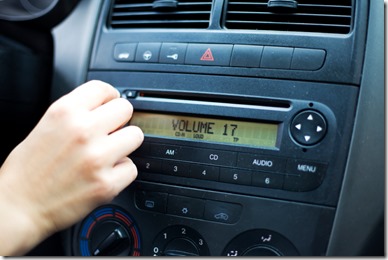How Podcasts Are Changing Your Job As A Spokesperson
Let’s say you’ve been invited to be a guest on a local radio show for a 30-minute segment.
The show airs weekdays at 6pm, so you know that many people will be tuning in during their commutes home. Some will get in their cars a few minutes after your interview begins, others will get home before it ends, and others will take a phone call from their child halfway through.
Since you can’t count on having the audience’s rapt attention for the full half-hour, you need to get your main messages out numerous times. If you don’t—say you only get them out at the beginning of the interview—you’re going to miss all of those people who tuned in while your interview was in progress.
The challenge is to repeat your main themes without being redundant. Ideally, you’ll repeat your main ideas throughout the interview to reach the people who only hear portions of it, but in different ways so you don’t wear out the people who have been tuned in the entire time. (A few years ago, I published a free series to help you do that and expanded upon that technique in my book, The Media Training Bible.)
But lately, I’ve noticed that there’s one big hole in my advice. Many people listen to “radio” broadcasts in the form of podcasts. And people who listen to podcasts tend to do so chronologically—from beginning to end. If they start listening to the podcast in their car and reach their destination before it ends, they’ll resume the podcast from the spot at which they left off.
By listening to the “radio” from beginning to end, podcast listeners have changed the rules.
For podcast-only interviews, unlike terrestrial radio interviews, you can assume that the listeners heard your message at the beginning of the interview. I’d still advise you to prepare for interviews in the same way and repeat your major themes—in the forms of messages, stories, statistics, and sound bites—throughout the interview.
But for podcasts, you can use a somewhat lighter touch than you would for more traditional terrestrial radio, where the “drop-in/drop-out rates” are of more significance for you as a spokesperson.

Practically speaking, what does that mean? Well, let’s assume that you repeated your main message five times (using slightly different words) in your 30-minute terrestrial radio interview. For a podcast, you might only repeat it two or three times and increase your diversity of stories and statistics to reinforce the same basic themes.
Finally, it’s true that some shows (NPR’s programming, for example) air on both terrestrial radio and in the form of downloaded podcasts. In those cases, I tend to strike a balance somewhere in between the two, but err slightly on the side of messaging for terrestrial radio.



